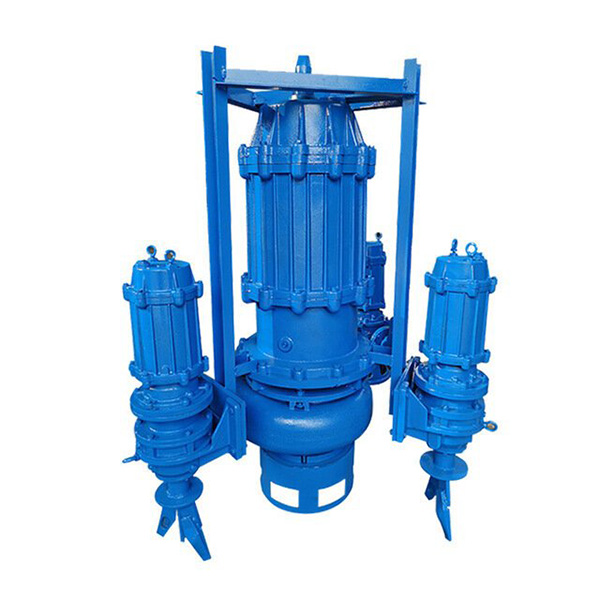Service
08:00~24:00(Beijing)
Water Pump Direct Sale
Professional Submersible Pump Manufacturer
Dredge Pumps are portable, robust, and smaller version dredges that are capable of dredging areas that the large dredging operations cannot access. The mini pontoon dredge and small pontoon dredge allow for one to two operators to run a dredge at high production rates. Ideal for lagoons, small lakes, basins, ponds, and other smaller dredging projects, these unique pontoon dredges are built with powerful, non-clogging pumps designed for high solids industrial pumping applications. Their designs are also poly, clay, or concrete liner safe.
Power plants, paper/pulp plants, mines, chemical plants, oil fields, and other industries need to keep the capacity of their tailings and cutting ponds while following the environmental impact standards. The facilities often outsource the maintenance to dredging companies. However, with SLAPK Pumps mini dredge pumps, this process can be completed internally to meet all environmental regulations. These small pontoon dredges can be transported by a truck or trailer and deployed without heavy equipment. SLAPK Pumps pontoon dredge pumps are easy to set-up and start running.

Electric Submersible Silt / Sand / Clay Dredging Pump with Water Jet Ring or Cutter Ring driven by electric motor, submersible dredging pump with water jet ring and cutter ring have self mixing agitating fuction includes a set of agitating impellers at the bottom, aside from the main impeller, equipped with two or more side cutters and a high pressure water jet ring, which create turbulence for precipitated slurries.
A dredge pump design is similar to other centrifugal pump designs. The core of the pump consists of an impeller, casing, and volute. Just as important to the pump is the motor. In addition, some pumps have agitators around the opening, side cutters, and jetting rings to help break up and disturbed the material for feeding the pump.
The impeller is mounted inside the pump casing and is attached to the drive motor via gearbox and shaft. The frontal portion of the pump casing is sealed using a suction cover, called the volute that connects directly to the dredge’s suction pipe. As the motor powers the impeller, the impeller spins. Because of specially designed ridges on the impeller, it creates a vacuum suction that draws in the materials and solids. Next, these solids are pushed through the opening to the volute and out the discharge. The separation between the impeller and volute opening limits the size of the solids. Finally, the dredge pump’s discharge is positioned near the top of the dredge pump and is connected to a separate discharge line. This discharge opening identifies the size of the pump.
To generate the power for lifting heavy rocks, sand, and other solids requires a powerful motor and a well-designed pump. Thus, more powerful motors with higher horsepower or kilowatts rotate the impeller faster and force more material higher and farther through the pipelines, allowing for higher heads. Likewise, this same principle occurs for larger-sized pumps designed to feed more material through at a time.